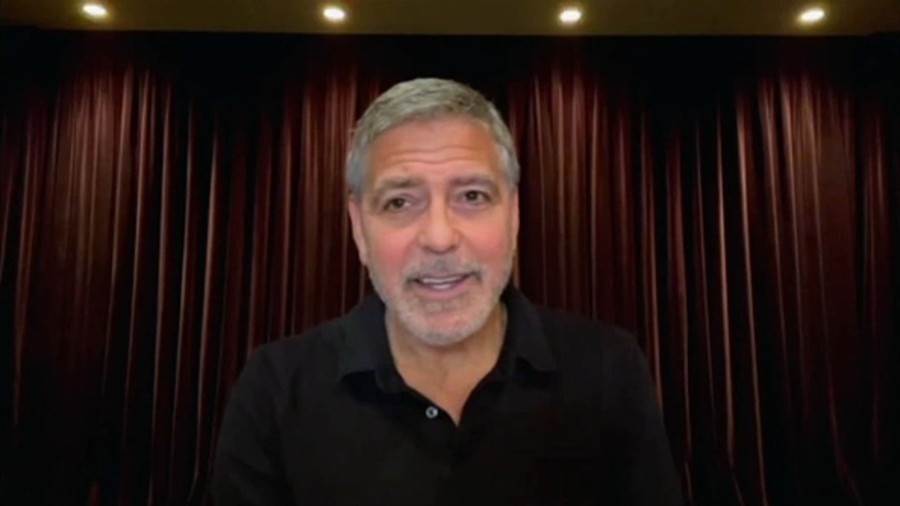For the entertainment industry in Los Angeles, the phrase “giving back to the schools” has often meant a cameo appearance on career day or, perhaps more typically, a fat cheque made out to your own child’s elite private academy.
But on Monday, the nation’s second-largest district unveiled the latest in a string of star-studded collaborations: a new high school underwritten by, among others, George Clooney, Don Cheadle, Eva Longoria and principals at Creative Artists Agency.
The magnet school is intended to diversify the pipeline of cinematographers, engineers, visual effects artists and other technical workers in the city’s signature job sector, and is one of at least three joint initiatives started in the past two months between the Los Angeles schools and entertainment industry benefactors.
Last week, the music producers Dr. Dre and Jimmy Iovine announced they were starting their own specialised high school in south Los Angeles. In May, a few hundred middle schoolers performed on free guitars with the pop artist H.E.R., signalling the expansion of a year-long partnership with the Fender Play Foundation. And more high-profile initiatives involving robotics and music are in the works with major entertainment figures, district officials said.
The sudden involvement of Hollywood is in part a testament to the pull of the schools superintendent, Austin Beutner. A wealthy investor, Beutner is leaving his job in two weeks after spending more than a year leveraging his personal connections for school-based pandemic relief.
Some education advocates are sceptical that his philanthropic approach will make much difference in a district of some 650,000 mostly low-income students, where eight in 10 students are Latino or Black.
“Charity is no substitute for justice,” said Linda Darling-Hammond, the president of the California State Board of Education. “It’s great that people are making these investments, but we have a bigger job to do.”
The new focus on education in Los Angeles also reflects other worries, including a mounting alarm at growing income disparities and a need for the industry to find new ways to recruit workers in the #HollywoodSoWhite era. There is also a rising appreciation, post-pandemic, for keeping low-income students in school, despite financial pressure they may face to help support their families.
“Everyone is recognising that the industry needs to do better,” said Clooney, whose West Coast home is in Studio City, but who was speaking via Zoom from his Italian villa. “There’s a moment in time where it gets easier to do things.”
The challenges of the Los Angeles public schools have, for generations, been epic. The district sprawls across 710 square miles and encompasses some 1,400 schools. Eighty per cent of the students live in poverty, and nearly 100,000 are learning English. During the coronavirus pandemic, the district handed out more than 140 million grab-and-go meals to children and adults.
Iovine said he and Dr. Dre, whose real name is Andre Young, approached Los Angeles Unified with their idea for a new high school. “What we realised at the USC academy is that to be more effective, we have to get to these kids earlier,” Iovine said.
Clooney and his producing partner, Grant Heslov, said they had come to a similar conclusion as they sought to diversify hiring on their productions. “You want a more diverse crew,” Heslov said, “but there’s just not enough trained people out there.”
About two weeks ago, Clooney said, he mentioned the issue over dinner to Eric Fellner, the co-chairman of Working Title Films. Fellner told him about becoming a co-founder in 2018 of a London school to address the same issue in the British film industry.
Clooney said he floated the idea to Bryan Lourd, the co-chairman at CAA, whose talent agency had helped support Los Angeles Unified during the pandemic. Within days, he said, Beutner had introduced them to district officials running a small magnet programme at the Edward R. Roybal Learning Center, which serves low-income students.
Eleven days later, they had agreed to open the Roybal School of Film and Television Production, built from the seed of that magnet programme, with an initial enrollment of about 120 students and a curriculum that will be planned by district teachers and industry professionals.
New York Times News Service











